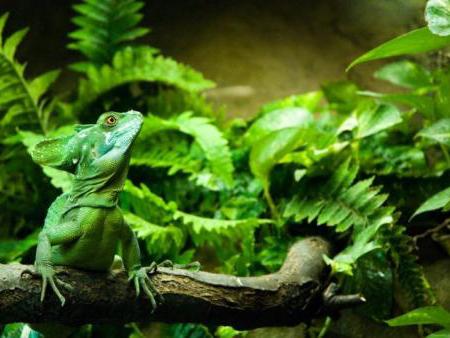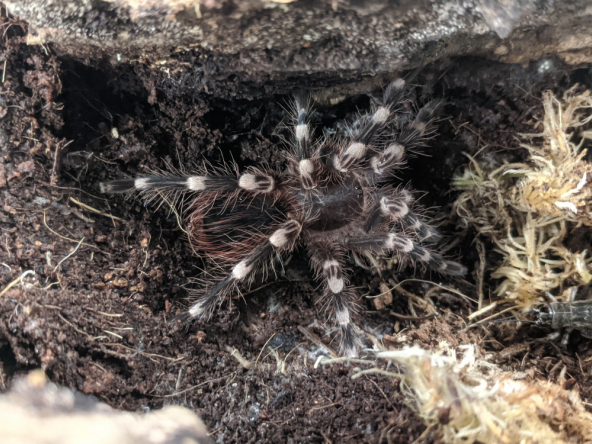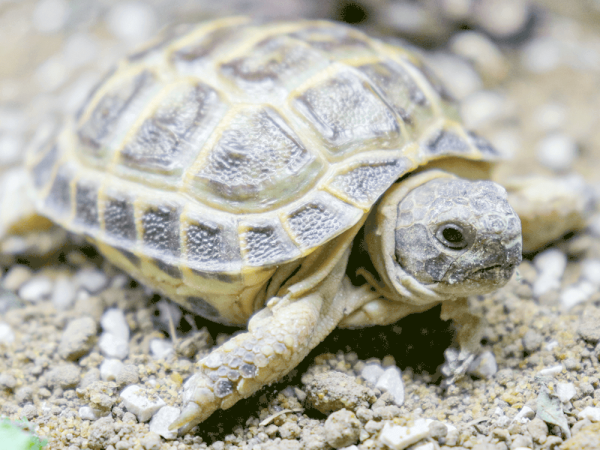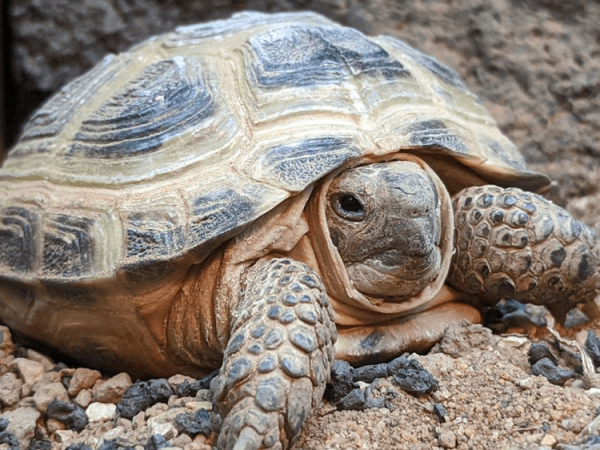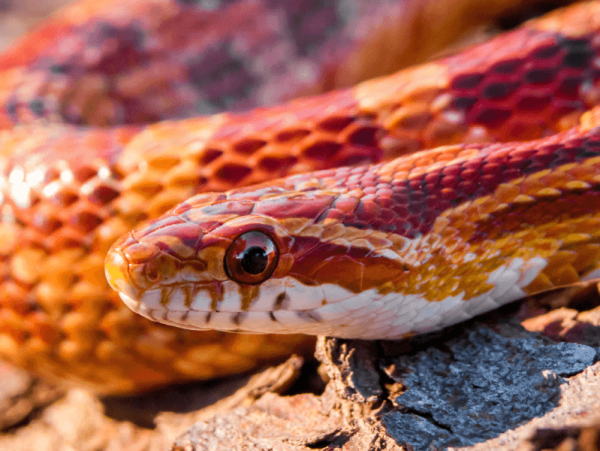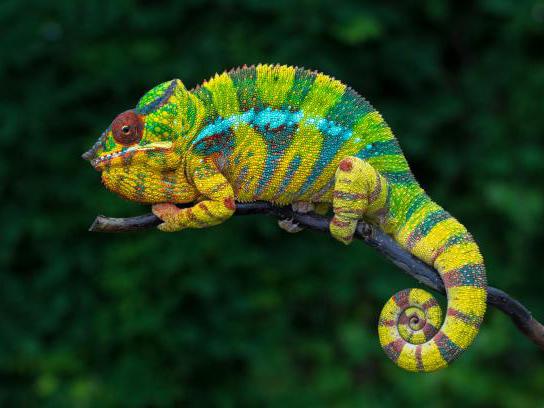Live plants for reptile enclosures
Bioactive reptile enclosures have dramatically increased in popularity over recent years and so has the use of live plants. However, using live plants in your enclosure doesn't make it bioactive, for this, you need to add a clean-up crew too. For more information regarding what makes an enclosure bioactive, please refer to our dedicated bioactive help guide.
When selecting live plants for your reptile enclosure, you will need to ensure that the conditions your plants need to thrive match that of your reptile, this will, of course, vary depending on your chosen reptile species. Generally, when creating a planted enclosure, we want to try and match the environment our reptile would experience in the wild.
When it comes to scaping your planted enclosure, it is important to consider the different levels, especially in taller arboreal setups. Here, you will generally want to use climbers or air plants to provide cover up high. Then, you'll likely want to add some taller plants further back in the enclosure, and more compact plants closer to the front to create a gradient that is easy on the eyes whilst still looking natural.
Tropical plants for reptile enclosures
Tropical enclosures can be extremely fun to plant up, you have a huge range of options to choose from and even have the option to keep some more temperamental terrarium plants that may not be so well suited as house plants. Tropical planted enclosures tend to look the most impressive too, with lush greenery filling the scape.
Tropical climbers
Many tropical reptile enclosures will also have a bit of height to them since a big portion of these animals are arboreal, which means you'll want to add some climbing plants to create cover further up. A few great examples of this include Golden pothos (Epipremnum aureum) and various Philodendron species, such as Philodendron scandens or micans.
Of these examples, Golden pothos is slightly hardier and easier to care for, it will very quickly colonise a humid terrarium with little intervention and can survive in several different environments. The Philodendron examples are also still very easy to care for, taking little more than general tropical enclosure maintenance to keep alive, but they will not take over the enclosure quite as fast, meaning they'll require less pruning and maintenance in the long run.
Tropical epiphytes
Easily the most popular group of epiphytes for tropical reptile and amphibian enclosures is Bromeliads. Bromeliads are attractive and often colourful plants that are ideally suited to high humidity, but they will rot if planted into the substrate. Rather, the best way to keep Bromeliads is to attach them to your background or pieces of hardscape, simply keeping their cups filled up to water them.
Another great choice would be Mesic varieties of Tillandsia. When picturing Tillandsia, most people will automatically go to the Xeric varieties, more suited to arid environments, but there are humidity-loving Tillandsia too - the Mesic varieties. Mesic Tillandsia species originate from the South American rainforests and will thrive in a humid reptile terrarium.
The easiest way to distinguish between Mesic and Xeric Tillandsia is by looking at the leaves, Mesic plants tend to have smooth, darker green leaves that are generally curled or cupped and hardly any trichomes, whereas Xeric air plants tend to have more silver, flat leaves covered in trichomes.
Tropical ground cover plants
When it comes to ground coverage in a tropical reptile setup, there are too many great options to name. However, most popular examples include Fittonia, Maranta, Ferns and Spider plants.
Your ground cover plants will generally be easy to care for, simply plant them into your substrate and water them as required. With the regular misting required for tropical enclosures, and the drainage layer installed, direct watering will only be required every so often if the substrate begins to dry out, otherwise, keeping the substrate moist but not waterlogged will suffice in most cases.
Arid plants for reptile enclosures
The use of live plants in arid reptile enclosures is less common than for tropical reptiles but is increasing in popularity as more products are being released catering to arid bioactive enclosures. When selecting arid plants for your reptile enclosure, it's important to ensure that the plants are safe, non-poisonous and do not have any harsh spines that could harm your reptile.
Succulents, spineless Cacti and Xeric Tillandsia species are all great choices, with some other plants such as Carex, a drought-tolerant scrub grass making a perfect choice to add some foliage. An arid bioactive or live planted setup does not need a drainage layer, but you do need to take care to keep the lowest layers of substrate moist without it becoming too wet further up.
Check out our dedicated help guide for more information regarding arid bioactive setups.




